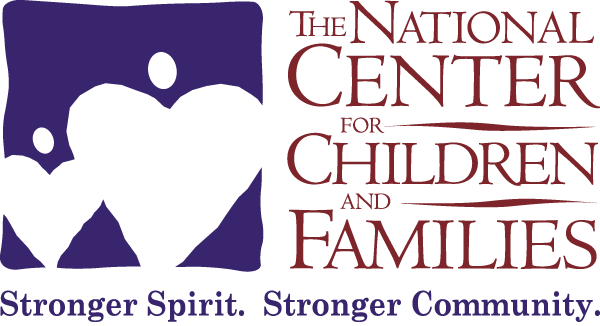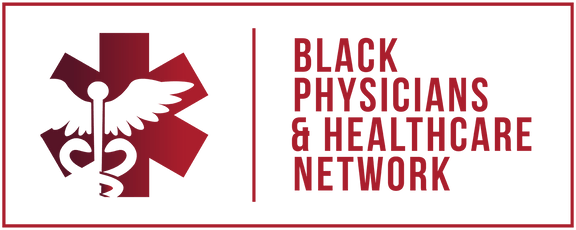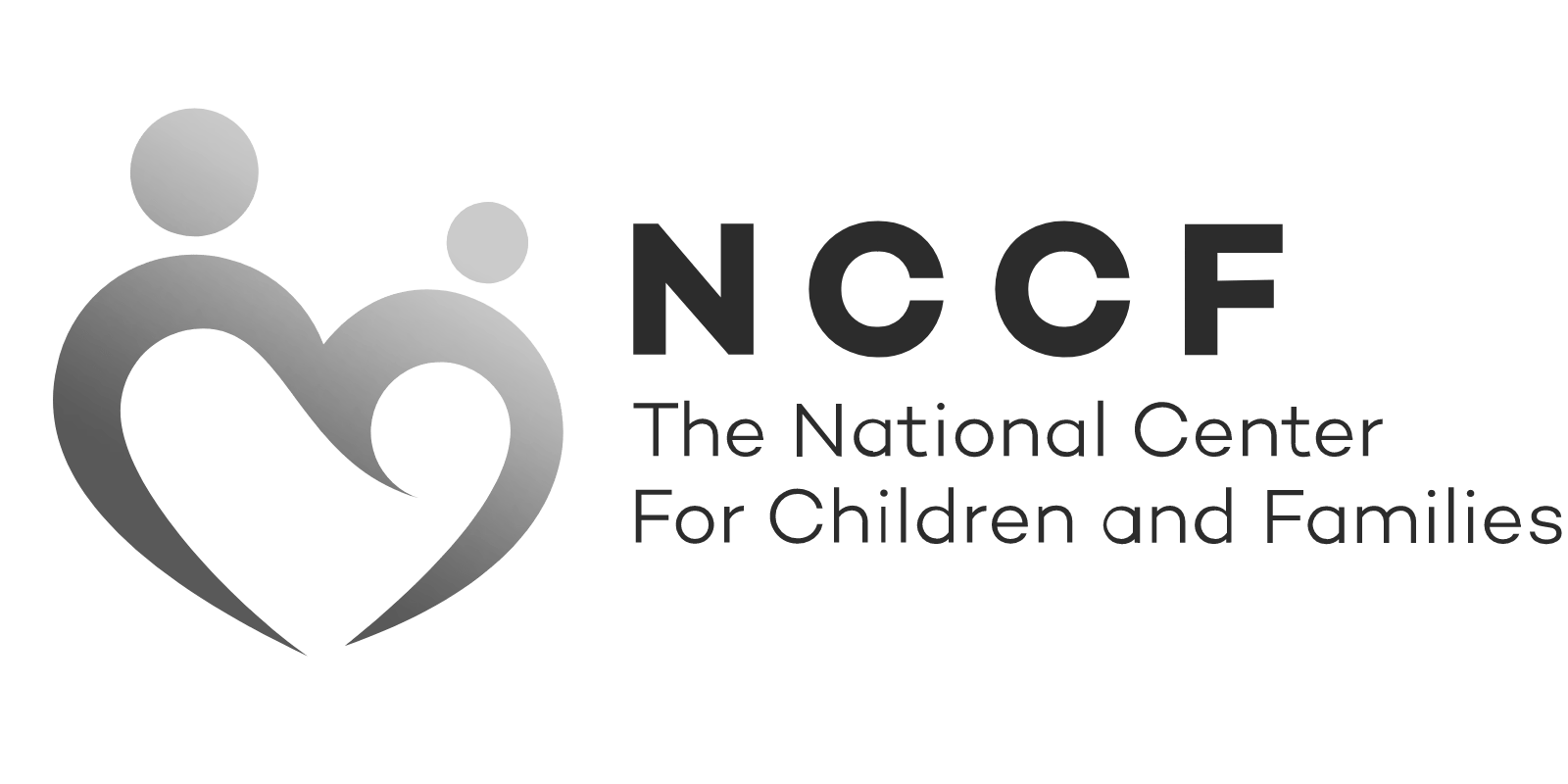How to Eat Healthy on a Budget
Did you know that the price of a Cobb salad costs more than a burger and fries?
It is no secret that eating healthily tends to come at a higher cost than consuming less nutritious foods. This has become even more of an issue as expenses increase in today's economic climate, making grocery shopping in general more costly.
Your dietary choices will have a noticeable impact on your physical and mental health. Eating nutritiously can reduce the likelihood of developing heart disease, bolster the functioning of your immune system, help build muscle, promote better concentration and more. While there is not just one type of "healthy" diet, it's fine to indulge in a burger every so often.
For a healthy and balanced diet, it's important to make sure you're getting your daily nutrients. Although produce such as fruits and vegetables can be hard to consume when time and funds are limited, it is still necessary for an adequate diet.
Adopting a nutritious diet doesn't have to put a strain on your wallet. The following advice can be helpful in ensuring that you eat healthily without breaking the bank.
Plan meals where you anticipate leftovers
To make grocery shopping a breeze, invest in a meal planning strategy. There are several helpful apps that can help take the guesswork out of choosing healthy meals for your family, like Mealime or Paprika.
Healthy food can be expensive, but when you use those leftovers in different recipes, you can stretch your healthy budget further and keep the more nutritious food out of the trashcan. For example, the next time you make tacos , choose a vegetarian filling like black beans — then, use leftover taco meat to make a burrito for breakfast the next day . You're saving two meals' worth of food from getting thrown out, without adding an extra trip to the grocery store!
Stick to your Grocery list
It's always best to plan your weekly meals and grocery list before you leave for the store — but in case you forgot, there are a few ways to check on the fly. You can use the Flipp app, which helps you find coupons for items currently in your cart, or Grocery King, which scans barcodes and estimates prices.
Otherwise, it's important to stick to your list. Before you know it, your extra items can prove to be more costly than you anticipate, pushing you over budget.
Buy canned or frozen produce
For those on a budget, purchasing frozen and/or cans foods can be a great alternative to buying fresh produce. Comparatively, these items are just as nutritious but much cheaper. Examples of frozen or tinned vegetables and fruit with no added sugars or salts are peas, corn, carrots, green beans, broccoli, cauliflower, spinach and more. Just like their fresh counterparts they also provide the same amount of vitamins and minerals - bonus - these will last longer in your freezer or cupboards!
Take advantage of sales
Keep an eye out for sales and discounts on the items you use the most or have a hard time keeping in stock.
Grow your own food
Having a garden at home has its advantages: not only can you save money on food by growing your own produce, but you can also enjoy the convenience of having your favorite fruits, vegetables and herbs right in your backyard. Furthermore, it also helps reduce our impacts on the environment such as cutting down on fossil fuel emissions and plastic waste.
Easy foods to grow for beginners include onions, peppers, cucumbers and herbs such as basil or parsley. You can even grow food from your kitchen scraps for free, such as celery, lettuce or scallions.
Credits McKenzie Dillon How to Eat Healthy on a Budget, https://www.cnet.com/health/nutrition/how-to-eat-healthy-on-a-budget/
















